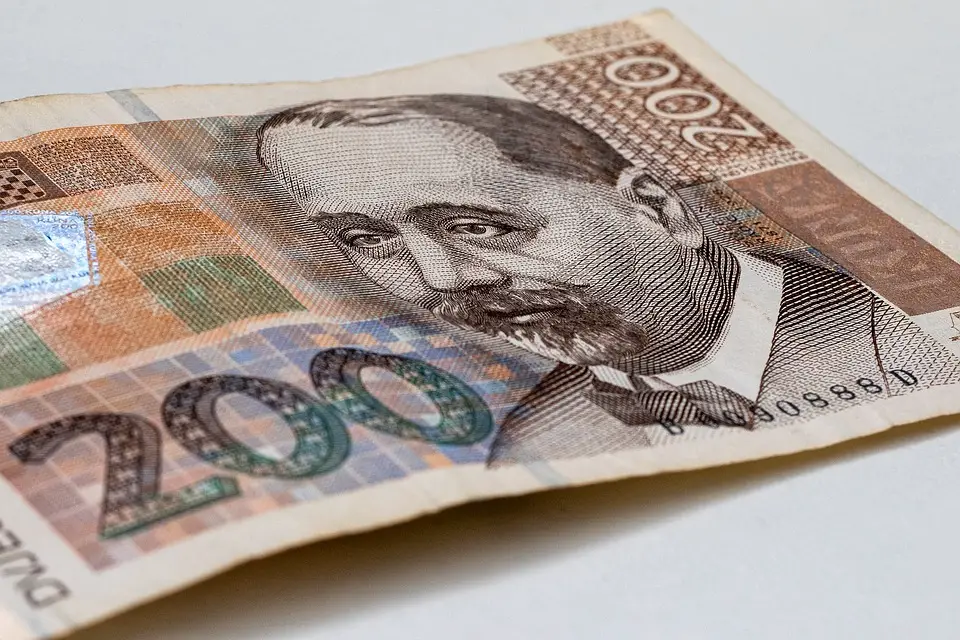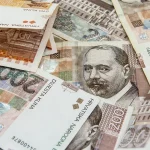As Marina Klepo/Jutarnji/Novac writes, in anticipation of rising interest rates, customers of Croatian banks are already noticing heightened caution, and loan offers are somewhat less “generous”, especially when it comes to cash loans. As such, some clients have been noticing quite an unusual trend – larger Croatian banks refer them to smaller ones, which have less rigorous procedures, and often lower interest rates.
The Croatian National Bank’s comparative list of credit terms shows that “cash” can now be obtained in sixteen different banks, but only half of them, the smaller and medium-sized ones, actually offer fixed and variable interest rates. Today, all large Croatian banks are approving these loans exclusively at a fixed interest rate.
In an effort to protect themselves from increased repayment installments, many people over more recent years have decided to take out loans with fixed interest rates, not only for long-term housing loans, but also for non-purpose cash loans, which are now mostly being approved for a period of ten years. Over the past year and a half, judging by the Croatian National Bank’s comparative list, it’s fairly clear that large banks have eliminated variable interest rates that were more favourable. The reason for this could be the effort to keep the existing, very high interest rates, as they are.
In the case of kuna cash loans, the fixed interest rate effectively (with all costs) ranges from 5.5 percent, as offered by two small Croatian banks, Imex and Karlovacka banka, to as much as 7.32 percent in Zagrebacka banka and 7.49 percent in Samoborska banka. Since October last year, Croatian banks have slightly revised their fixed interest rates, some are higher, some are lower. For Zagrebacka banka, for example, their interest rate was raised from 7.16 to 7.32 percent, for RBA it was lowered from 7.42 to 6.9 percent, while a number of banks kept about the same figures.
The real boom in approving these loans occurred back in 2018 and 2019, when they increased by about 5.5 billion kuna per year. Today, the total amount of these loans, according to the Croatian National Bank for the month of February 2022, reached 53.4 billion kuna, while the amount of housing loans amounted to 68.3 billion kuna.
Who are the clients of Croatian banks who are taking out cash loans? A recent Croatian National Bank survey “Which loans do we take? A microanalysis of Croatian household debt” shows that more expensive loans are more often used by households whose income isn’t sufficient to finance their current consumption. It’s very likely, the study concludes, that some households use “unsecured loans” to consolidate overdrafts or credit card debts, and for most households these efforts have proved unsuccessful. In the end, they end up with even more indebtedness.
In some cases, people took out cash loans and to, at least in part, finance the purchase of properties. Since the beginning of the coronavirus pandemic, interest in cash loans has fallen sharply and banks have approved many more housing loans. According to the latest Croatian National Bank data for that same month of February, housing loans were eight percent higher than they were back in the same month last year, slightly slower than they were in January, when the growth rate was 8.4 percent, and non-purpose cash loans accelerated slightly, from 3.3 to 3.4 percent.
When it comes to housing loans, Croatian banks still offer all kinds of interest rates, and they generally range from three to four percent. Those who need a smaller amount, up to 500,000 kuna, can currently get the best loan from the Istrian Credit Bank.
For more, check out our lifestyle section.












